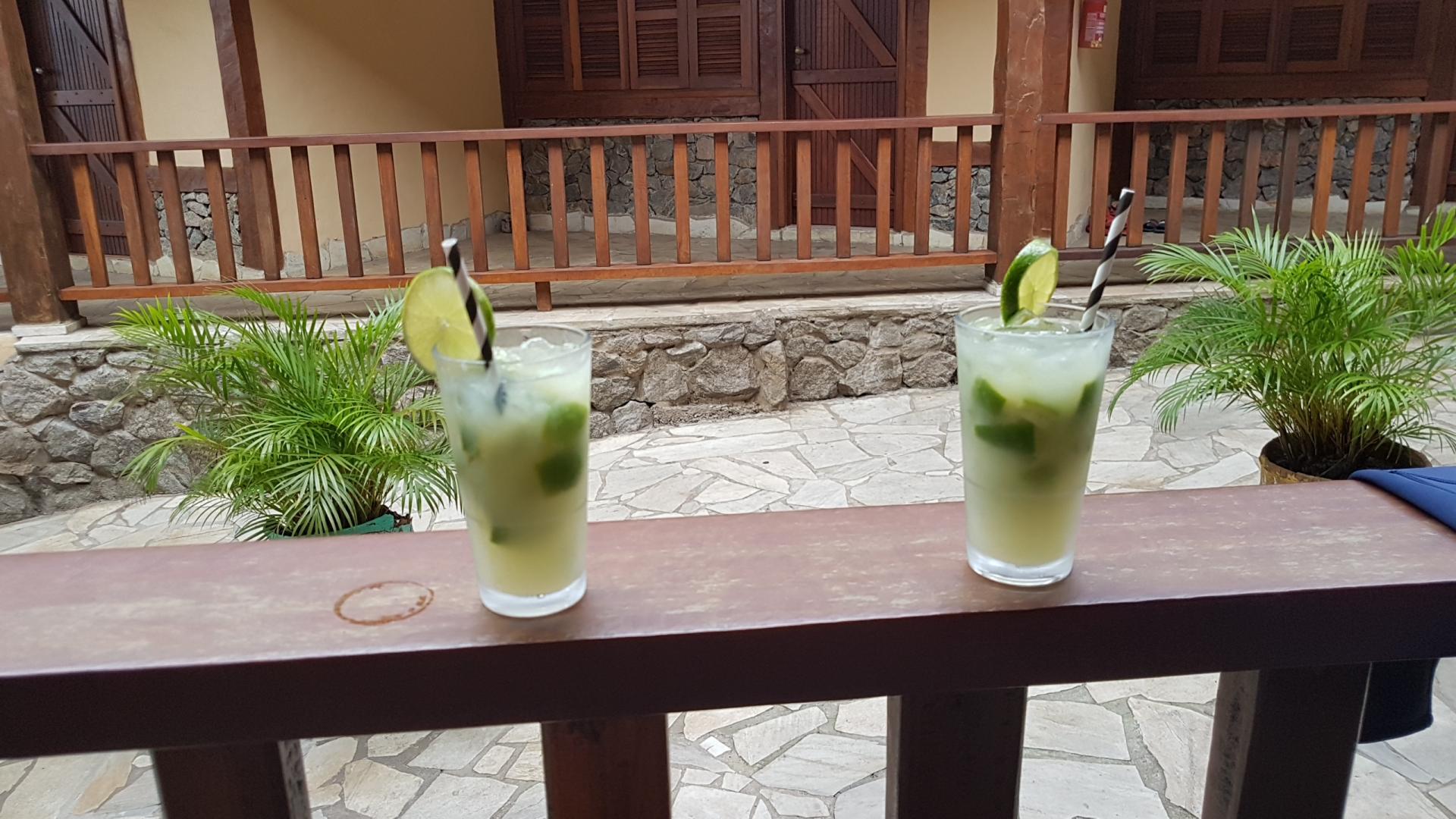The Most Popular Brazilian Cocktails

Summer, sun and a refreshing caipirinha in your hand. This is how most people imagine their vacation in Brazil. A caipirinha and an ice-cold beer are among the most popular and well-known alcoholic beverages in Brazil. But there are many other drinks that you should definitely try too. You will soon notice that the Brazilian national drink, cachaça, is mixed into almost every cocktail. But read on to find out more!
Caipirinha: The Classic
Cachaça, lime, sugar and ice. That's all you need for the perfect caipirinha. This cocktail is extremely popular, and not only in Brazil. A little tip from us: take whole ice cubes and not crushed ice, so your drink stays fresh longer and does not water down so quickly.
Capeta: The Devil's Drink
Capeta is very popular, especially in the North of Brazil, and is often consumed during Carnival. It's made from cachaça, condensed milk, guaraná, honey and cinnamon. Guaraná, also known for its energizing effect, is a tropical berry native to the Brazilian Amazon. Adding chocolate cream or chocolate powder will enhance the taste of the cocktail. It is certain that, with one or two of these drinks, you will have enough energy to dance until dawn.
Caju Amigo
Caju, mainly known for its cashew nuts that come from the same fruit, is very common in the Northeast of Brazil. For this cocktail, caju fruit juice and cachaça are mixed together directly in the glass, and, depending on preference, some ice is added. In some areas of Brazil, it's also common to chew a piece of the fruit and then swallow it together with a sip of cachaça.
Rabo de Galo: The Cocktail
If you take a closer look at the term “rabo de galo,” you will quickly notice the play on words. It is the literal translation of the word “cocktail.” In the official version of this drink, two servings of cachaça are mixed with one serving of red vermouth or cynar. Depending on the recipe, it could also be with both. In the widely consumed version, however, cachaça is combined with any other spirit the barman has at hand. Everything is possible here, from a sweet mixture to a tarter aftertaste.
Quentão de Vinho
It may be hard to believe, but Brazil also has its own version of mulled wine, which is prepared with cachaça and spices. Often the drink is served during São João to celebrate the beginning of winter. First, sugar is caramelized with cloves, cinnamon, ginger and orange peels and then the mixture is cooked with water for 10 minutes. In the end, some cachaça is added and the mixture is heated again for a few minutes. Especially in the southern regions of Brazil, cachaça may be replaced by red wine.
Bloody Carioca
This is nothing other than the Brazilian version of the classic Bloody Mary. Of course, the Brazilian variant does not use vodka, but cachaça. The cachaça is mixed with tomato juice, lemon juice, salt, pepper, Tabasco and Worcester sauce, just like a real Bloody Mary.
Batida: A Refreshing Summer Cocktail
Enjoying a hot summer’s day at the beach? Then a fruity batida is just right for you! It combines cachaça with one or more tropical fruits, ice and sugar. Among the most common fruits are passion fruit, strawberries, lemons and coconuts.
Cravinho: The Secret Tip for Salvador
Even if cravinho does not belong on the list of cocktails, we will not withhold it from you. Any visit to Salvador, "a Capital da Alegria" (the Capital of Joy), must include some time at the famous Cravinho Bar. The bar is located in the famous district of Pelourinho and has many different kinds of cachaça in its assortment. The best known is cravinho, a clove variant. This bar is highly recommended while in Salvador and, with a little luck, you can enjoy your cravinho with a capoeira performance.
Start planning your next trip to Brazil now and even enjoy one of your favorite Brazilian cocktails at home! The best way to do this is to use an ecological drinking straw made of taboquinha.
Sources: www.alltherooms.com, www.eyeforspirits.com, www.theculturetrip.com, www.thespiritsbusiness.com

